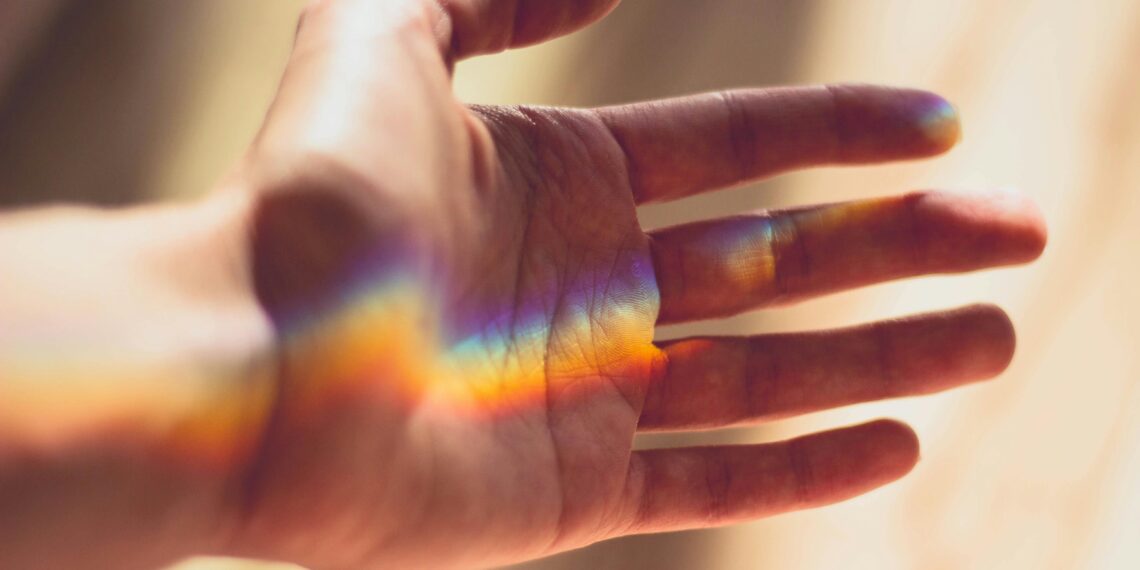Color theory is a fascinating subject that not only influences art and design but also plays a significant role in the wellness and beauty industries. Understanding how to blend skin tones effectively is crucial for professionals across various sectors, including wellness product development, lifestyle journalism, and health coaching. This article will guide you through the essentials of color theory as it pertains to skin tones, offering practical insights and applications.
Color theory is the scientific and artistic framework that explains how different colors interact with each other. At its core are the primary colors: red, blue, and yellow. These colors can be mixed to create secondary colors (green, orange, and purple) and further combined to form tertiary colors.
When it comes to skin tones, understanding the nuances of color mixing is vital. Skin tones are complex and often require a thoughtful combination of multiple hues to achieve a natural look. This complexity is where the science of color blending meets the art of creativity.
The color wheel is an invaluable tool in understanding how colors relate to each other. When blending skin tones, it’s essential to recognize the undertones present in different skin types. Generally, skin tones fall into three categories based on undertones: cool, warm, and neutral.
- Cool undertones: Often have hints of blue or pink.
- Warm undertones: Typically have yellow or golden hues.
- Neutral undertones: A balance of both warm and cool tones.
By recognizing these undertones, professionals can tailor their products or advice to align with individual needs, creating a more personalized and effective approach.
Creating a realistic skin tone palette involves a deep understanding of how colors mix. For those in the wellness industry, this knowledge translates into developing products that cater to a diverse range of consumers.
To build a comprehensive skin tone palette, start by mixing primary colors to create a base. Adjust the proportions to match different undertones:
- Base Color: Combine red, yellow, and a touch of blue to create a basic skin tone. Adjust the ratio to match the desired lightness or darkness.
- Cool Undertones: Add more blue or purple to the base color to cool down the tone.
- Warm Undertones: Increase the amount of yellow or orange for a warmer hue.
- Neutral Undertones: Balance the mix to avoid any strong lean towards warm or cool.
These adjustments allow for a range of skin tones that can be further refined to match specific needs or preferences.
Creating the perfect skin tone doesn’t happen overnight. It requires testing and refining to ensure accuracy and appeal. Here are some tips:
- Experiment with Ratios: Small changes in color proportions can significantly impact the outcome.
- Consider Lighting: Different lighting conditions can alter how colors appear. Test your palette in various settings.
- Seek Feedback: Involve others in the testing process to gain diverse perspectives and insights.
The understanding of color theory and skin tones has practical applications across several fields. For wellness product developers, it means creating inclusive products that reflect the diversity of their consumer base. For lifestyle magazine editors, it provides content that resonates with readers by exploring the intersection of beauty and identity.
In the rapidly evolving wellness market, product developers must stay ahead of trends. This includes acknowledging the diversity in skin tones and creating products that cater to all. From skincare to makeup, the ability to blend and match skin tones effectively can set a brand apart in a competitive landscape.
Lifestyle magazines thrive on delivering relevant and engaging content. By incorporating insights from color theory, editors can craft articles that explore the cultural implications of beauty and wellness trends, offering readers a nuanced understanding of these topics.
Coaches can use their understanding of color theory to better connect with clients. By acknowledging the role of personal identity in wellness choices, coaches can develop more personalized strategies that resonate with clients’ unique preferences and needs.
The ability to blend skin tones effectively goes beyond aesthetics. It touches on deeper themes of representation, identity, and inclusion. In a world where diversity is increasingly celebrated, understanding and applying color theory to skin tones becomes a powerful tool for fostering inclusivity and respect.
Embracing diversity in skin tones is not just a trend; it’s a cultural shift. By incorporating this understanding into products, media, and personal interactions, professionals can contribute to a more inclusive society that values and respects all skin tones.
As the wellness industry continues to grow, the demand for products and services that reflect this diversity will only increase. Staying informed about color theory and its applications ensures that professionals remain at the forefront of this dynamic field.
Color theory and the art of blending skin tones offer valuable insights for anyone involved in the wellness and beauty industries. By understanding the principles of color mixing and the significance of skin tone diversity, professionals can create products, content, and strategies that resonate with today’s consumers. This knowledge not only enhances individual expertise but also contributes to a broader cultural appreciation for diversity and inclusion.




